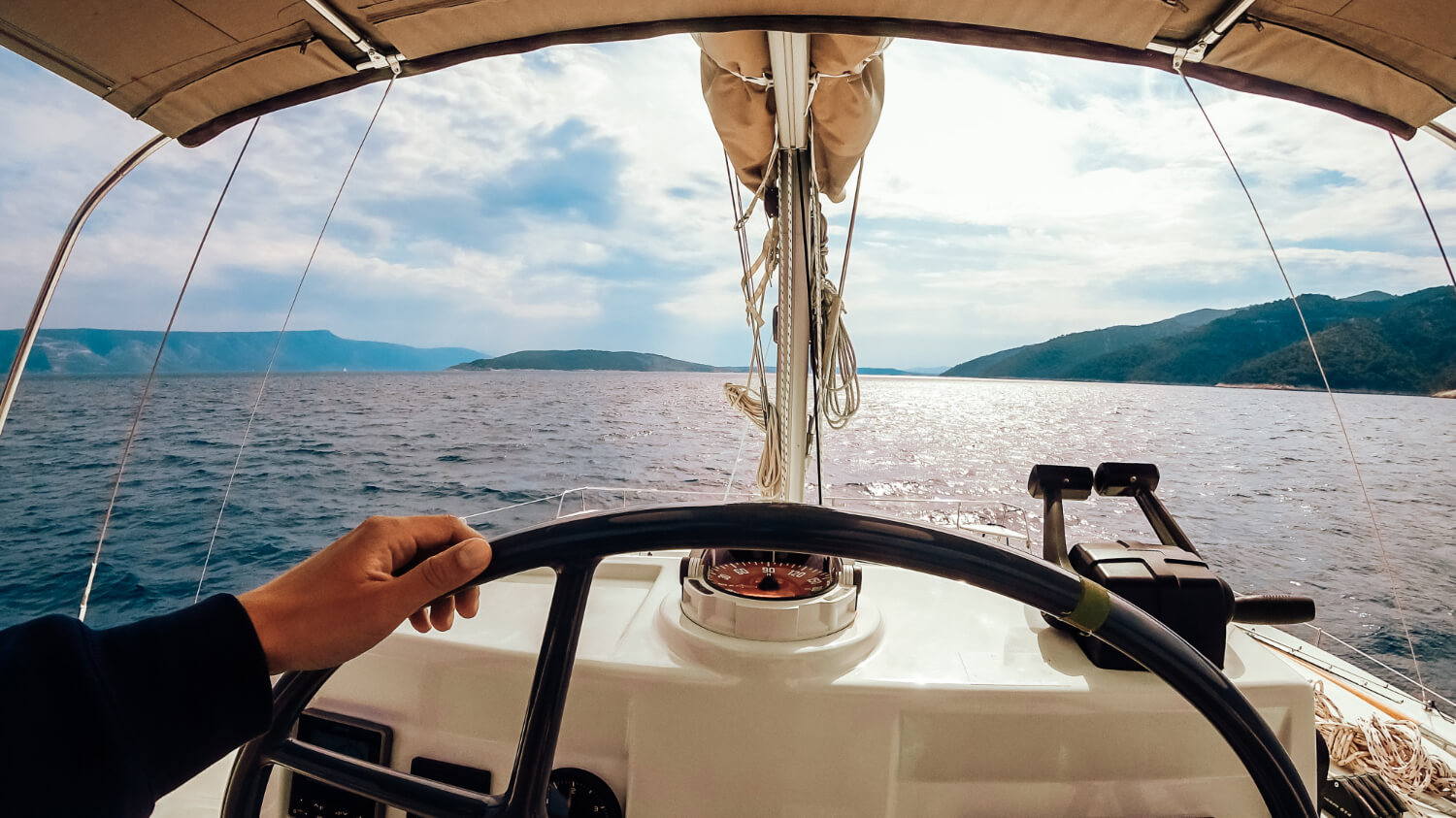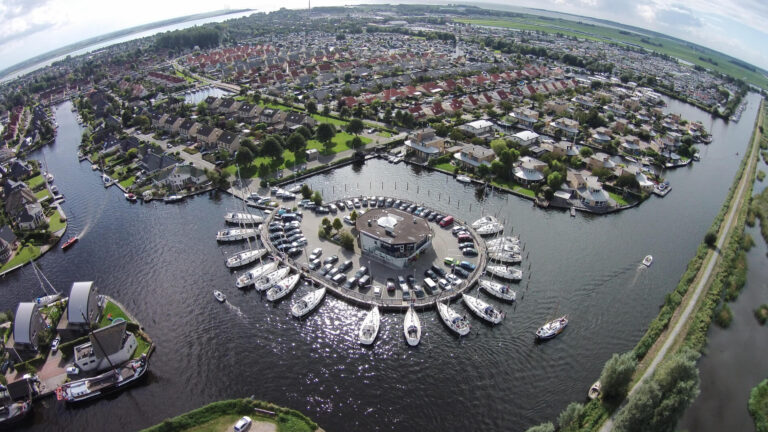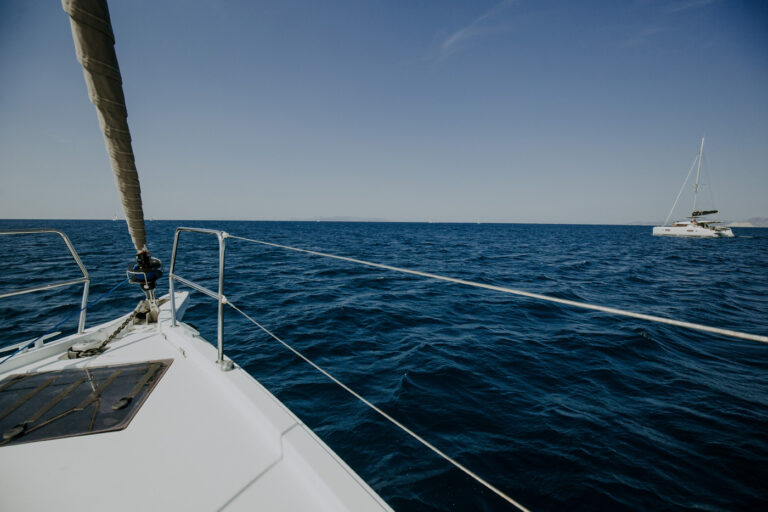In the expansive blue corridors of our world’s oceans, efficiency and timing are as crucial as the winds that fill the sails of yore. The modern shipping industry, vast and complex, relies heavily on precise scheduling, which can be disrupted by the capricious nature of the sea. Enter the power of Machine Learning (ML) — a beacon of guidance for vessels traversing the deep blues. At the heart of this navigational aid is a concept that can save time, fuel, and resources: the prediction of Vessel Estimated Time of Arrival (ETA).
AIS Data: The Mariner’s Modern Compass
Vessels across the globe are constantly chirping their status, position, and vital statistics through the Automatic Identification System (AIS). This rich dataset is like a language spoken across the waves, detailing identity, course, speed, and a myriad of other variables. But this language is not just for human ears — it is the perfect lingo for machine learning algorithms.
Anchoring Operations with Predictive Insights
Building and relying on an ML model to predict ETA becomes the harbinger of operational revolution for charter companies. It goes beyond mere predictions, providing a scaffold for an array of operational tasks:
- Streamlined Turnarounds: The model’s precise ETAs allow for the efficient scheduling of cleaning crews and maintenance teams, ensuring vessels are turned around swiftly and safely.
- Predictive Maintenance: Accurate ETAs mean that repairs can be planned with foresight, reducing downtime and extending the life of the fleet.
- Optimized Crew Scheduling: With reliable arrival times, crew handovers can be coordinated seamlessly, enhancing crew satisfaction and adherence to regulations.
- Supply Chain Synchronization: Accurately timed arrivals enable better coordination with port operations, ensuring that cargo handling and supply deliveries are synchronized with vessel docking.
From Data to Predictions
Processing AIS data to predict ETA involves several steps. The raw data is an unstructured ocean of information. It needs to be harnessed and refined — cleaned, processed, and organized — before our ML algorithms can digest it.
Imagine this data as an ever-changing sea map. Our goal is to use this map to predict how long it will take for a vessel to reach its port of call. The challenge? The ocean is an unpredictable place, and numerous factors can affect a vessel’s journey.
Building the Model
With the AIS data prepared, we embark on the journey of building an ML model. The choice of algorithm can vary — from regression models that look at historical data to predict future events to more complex neural networks that can find patterns in vast, multidimensional datasets.
We train our model using historical AIS data, teaching it the relationship between the reported positions, speeds, environmental conditions, and actual arrival times. Through this training, the model learns to weigh the influence of various factors, like sea currents, weather, and vessel type.
Testing the Waters
Delving deeper into the machine learning model’s voyage, our model’s training began with preprocessing: the raw AIS data, while robust, required transformation. We imputed missing values, normalized numerical features to a common scale, and encoded categorical variables such as vessel type and cargo into a machine-readable format. This ensured that the algorithm could interpret the data without bias or error introduced by unstandardized input scales.
We divided our dataset into training and validation sets, a typical practice that allows us to evaluate our model’s performance on unseen data, ensuring the model’s ability to generalize beyond the scenarios it has learned from.
The technical heart of our model lies in a gradient boosting machine, a powerful ensemble learning technique known for its effectiveness in both classification and regression tasks. Gradient boosting constructs a robust predictor from a series of weak models — in our case, decision trees — each one iteratively correcting its predecessor’s errors. With each tree added, the model became more attuned to the complexities of maritime ETA prediction.
Our training process involved careful hyperparameter tuning, using techniques like grid search and cross-validation to find the optimal settings that would coax the best performance from our model. Metrics such as Mean Absolute Error (MAE) and Root Mean Squared Error (RMSE) provided quantitative feedback on the model’s accuracy, guiding our adjustments to the learning rate, tree depth, and other parameters.
With the model trained, we entered the crucial phase of validation. The validation set — a treasure trove of journeys that the model had never seen during training — offered the true test of our model’s prescience. We unleashed the trained algorithm on this data, measuring its predicted ETAs against the actual times of arrival. The results were promising, showcasing the model’s ability to effectively utilize patterns in historical data to predict future outcomes.
The model’s success on the validation set paved the way for its deployment. As it stands, the model not only predicts ETAs with a commendable degree of accuracy but also uncovers insights into the factors that most significantly impact maritime arrival times. Such insights empower maritime operators to fine-tune their operations, balancing speed with fuel economy, anticipating delays, and optimizing their fleets’ schedules.
Accompanying this robust predictive framework is a visual analysis tool, as exemplified by the uploaded image. The map provides a graphical representation of the routes taken by vessels, as captured by the AIS. Each marker along the course represents a data point used by our model to understand and predict the vessel’s progress.

By analyzing the geography and vessel behavior at each point, the model learns to recognize patterns and nuances in navigation, which plays a pivotal role in its ability to forecast ETAs with precision. This visual tool not only serves to illustrate the model’s output but also helps validate the accuracy of the predicted routes against the real-world paths taken by maritime vessels.

The Horizon of ML in Maritime Charter
While ML for ETA predictions steers us towards a more efficient future, its potential spans the breadth of the maritime industry. From automating the intricacies of docking to forecasting the need for vessel maintenance, the applications are as vast as the open ocean. In the journey ahead, one thing remains certain: ML’s fusion with maritime charter operations is setting the course for a revolution in shipping and logistics, steering the industry towards a horizon of unprecedented efficiency and operational excellence.





